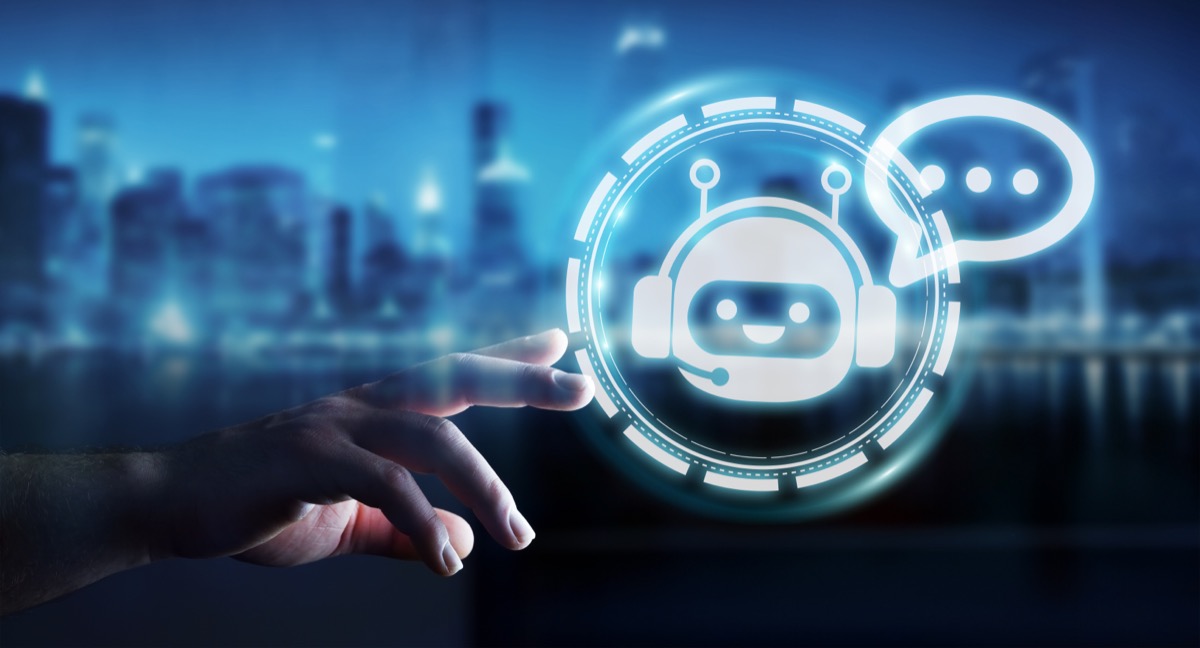Using technology to put humans at the center of brand experiences
As any modern brand knows, it takes a whole lot of technology to create experiences at scale that still feel human. From AI chatbots and intelligent call routing to digital identity verification, we’re seeing the application of innovative technologies to commonplace customer interactions – all in pursuit of seamless, natural-feeling and, above all, human-centered experiences.
According to our recent report, Beyond the Metaverse: CX Predictions for 2023, 64% of businesses have adopted AI systems to streamline their customer service. We’ve all experienced this wave of tech-enabled interactions, whether it’s biometric authentication on a banking app or a customer support conversation with a digital assistant – with varying degrees of success!
For me, that’s the key question at the heart of these innovations: What does it mean for an experience to be seamless when there’s a human at its center?
Digging into the demographics
The hard thing about humanizing experiences is that no two humans are the same. I recently had a stark reminder of the impact of generational differences when I helped my father access some government services. The automated authentication process required him to produce a driver’s license or a passport – neither of which he has, at 89 years old. So he found himself at the end of the queue on the phone, and having to send physical documents via mail.
The digitization of onboarding and case handling can help to streamline these kinds of processes but, even then, challenges arise. Overall, people are becoming increasingly comfortable with digital assistants, but brands have to factor in not just different capabilities (some people can’t self-authenticate with a selfie) but also preferences (some people just prefer a different balance of human/digital experience).
For example, the majority of younger customers are happy for their first point of contact with a brand to be an AI chatbot (56% of 16–44 year olds). But when you ask people aged 55 and above, that figure drops sharply to 28%.
As brands adopt new technologies that put humans at the center of customer experiences, it’s critical that they make equity of access a priority, and give everyone an equal opportunity to personalize their experience based on their individual capabilities and preferences.
Striking the right balance
As usual when it comes to the adoption of new technologies into existing processes, a blended approach is key. For example, digital verification solution Onfido helps businesses onboard customers using advanced AI algorithms that compare user selfies with their IDs. Mobility-as-a-service company Check has been able to verify 90% of its customers within 15 seconds.
But, as we’ve seen in the recent chatbot wars between OpenAI, Microsoft, and Google, algorithms make plenty of mistakes. So Onfido uses a hybrid approach, looping in human operators whenever the AI isn’t sure.
Seamless experience rely on seamless connections
A hybrid approach to automated experiences isn’t just necessary as a backup or AI quality-assurance measure. Again it’s about meeting every customer on their preferred channels, on their own terms. Maybe they’ve opted out of chatbot interactions and prefer to speak directly to a human agent. Maybe they’re unable to use biometric authentication like fingerprint or facial recognition.
To meet this need, brands must be able to integrate digital technologies and human-led processes seamlessly. Without the smooth interplay of systems, everything falls apart: you can’t draw on real-time insights about a customer’s past behaviors and preferences. Your brand loses its memory, in effect. And the experience becomes disjointed, cookie-cutter, and frustrating for the customer.
Our CX research found that while 64% of brands have adopted AI for customer service, less than half of those adopters have connected their systems to enable a seamless omni-channel customer experience. There’s a big opportunity for brands to go beyond an initial proof-of-value or proof-of-concept investment in automation and to create a seamlessly connected experience stack, all fed by accurate, up-to-date customer data.
What comes next?
Of course, with amazing new personalization capabilities comes the risk of unprecedented CX fails – and when personal data is involved, brands can lose more than just a few NPS points. So we’ll hopefully see more work in risk assessment and in developing frameworks for the use of AI, in line with existing frameworks around privacy and data protection.
As well as the regulation question, it remains to be seen what impact the rise of AI adoption in CX has on the human resources it frees up. Hybrid models will still be necessary to strike the right balance and meet individuals’ personal CX preferences, but will we see human resources diverted to higher-value CX roles? Or will we see brands turning these efficiencies into cost savings, especially in the wider context of workforce cuts in the technology sector, for example?
Bigger brands are leading the charge with AI investment: 84% of large organizations have adopted AI for customer service, compared with 45% of small organizations. And 69% of large businesses use the data they collect from AI systems to refine their products or services. This feedback loop should accelerate brands’ ability to optimize not just things like onboarding and complaints-handling, which are often the gateway applications of AI chatbots, but end-to-end customer experiences.
What it means to offer a human experience
As adoption of AI-driven technologies continues, and brands take advantage of the virtuous CX cycles they set in motion, one thing should remain constant: a focus on the human beings at the heart of these experiences.
But what does it take to create human experience? I think it’s an important question, and the answer is changing quite rapidly.
When I look at the way brands today are harnessing computer-human interactions, I’m reminded of the Turing test, or the “imitation game” as Alan Turing called it when he first proposed it in 1950. Are branded chatbots effectively passing the Turing test when they give me a seamless experience and I don’t know (or don’t care) whether or not I was really dealing with a human or a bot? If the “humanness”of an experience is in the perception of the customer, what does that mean for brands designing seamless experiences?
It comes down to being able to understand and act on the needs and preferences of the individual. Brands must embrace flexibility and, importantly, transparency – so that individuals of all ages, abilities, and backgrounds are empowered to make the best choices for themselves. Technologies like AI and automation might be the most effective tools brands have at their disposal today, but I believe seamless, equitable, human-centered experiences should always be the goal.
Don’t miss our report, Beyond the Metaverse: CX Predictions for 2023, to explore some of the other trends that will shape customer experience in the coming months.




